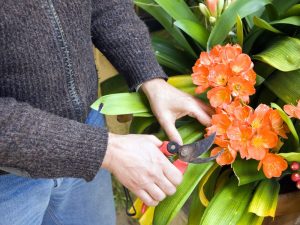Last Updated on November 18, 2020 by teamobn
Pansies are one of the most popular cool-weather annuals. There are many cultivars in the genus Viola. Only a botanist can really tell which is which.
The gardener knows pansies as flowers with heart-shaped, overlapping petals in bright colors – often with face-like center markings.
Many pansies have two colors. The colors make them striking plants despite their small size. Although delicate, pansies are surprisingly hardy.
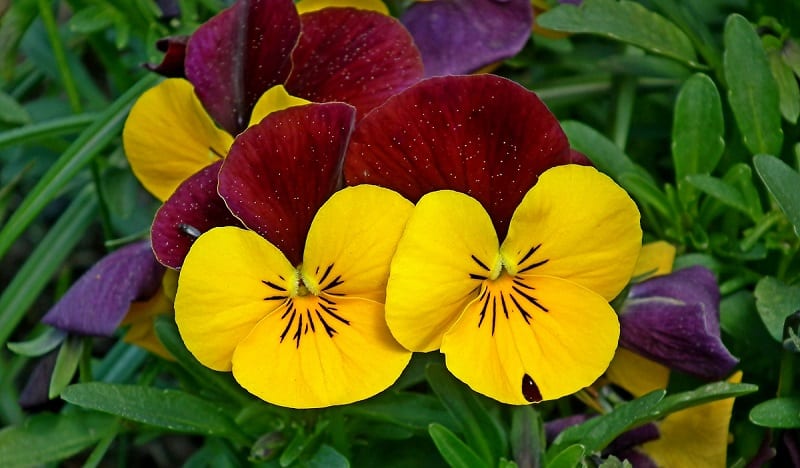
How to Grow Pansies
Contents
Pansies are easy to grow and require minimum care. Available in a wide variety of colors and mixes, the plants can be started from seed either indoors or in the garden. However, experts recommend starting them from established plants from nurseries.
Here’s how to keep your pansies growing and blooming.
Growing Pansies From Seed
Pansies are difficult to grow from seed, but you can start pansy seeds indoors 8 to 10 weeks before the last spring frost.
If you decide to sow seeds directly in your garden, covering the soil with black plastic will help germination. You should check the soil daily to make sure it doesn’t dry out under the plastic.
Remove
the plastic sheet once the first sprouts begin to show. Pansy seeds usually
germinate in one or two weeks but can take up to 15 weeks to bloom.
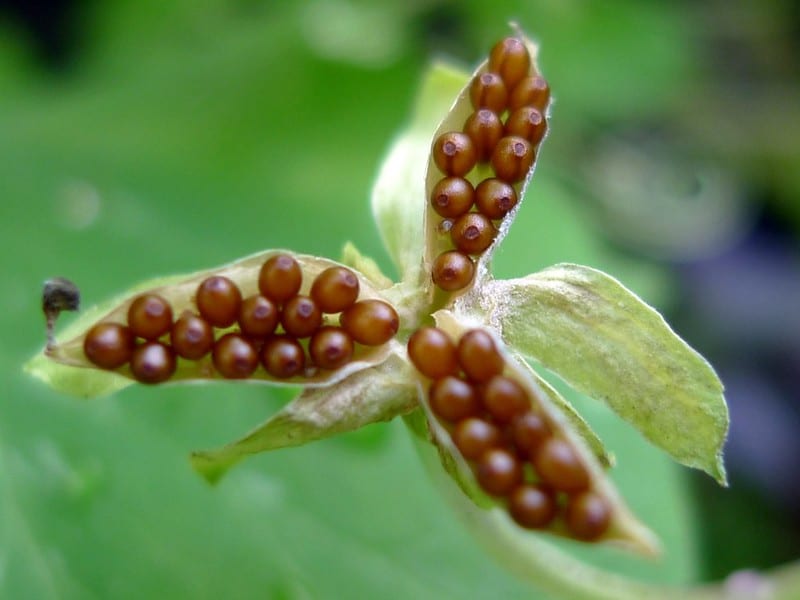
Planting Pansies
When buying plants, choose pansies that are thickset, bushy, and have plenty of buds. Avoid those with open blooms. They will have been strained to near exhaustion from working so hard in a tiny pot.
Pansies
grow best when soil temperatures are between 7°C and 18°C. You should prepare
the soil in garden beds well before planting by working in compost and
well-rotted manure.

Plant adult pansies outside once the ground becomes workable in the spring. The plants like a sunny spot through the cooler months.
In warm areas, some light shade in spring and early summer will help keep them flowering longer. Take care that the roots do not come into contact with concentrated fertilizer.
Pansies can tolerate a light frost just after planting. However, it’s best to delay planting if temperatures still regularly reach freezing. You can also plant them in late summer for fall and winter blooms.
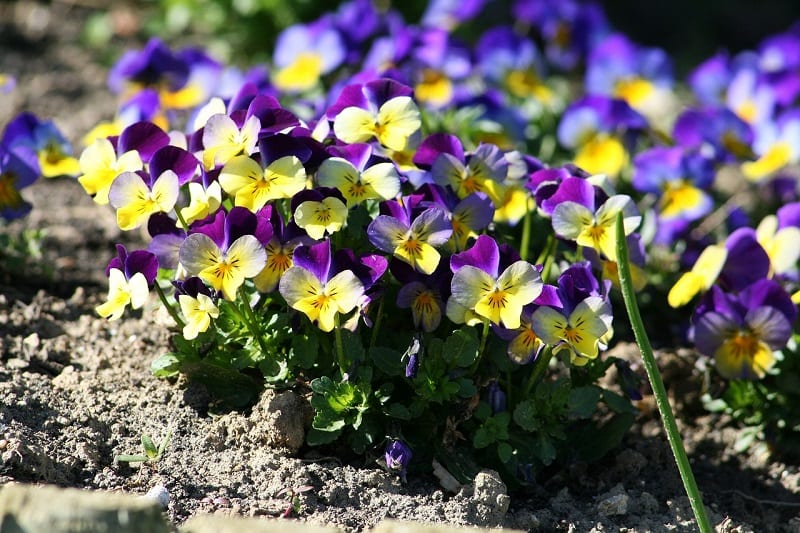
How to Care for Pansies
Remember to water pansies regularly. One of the most common reasons why pansies fail is because they do not get enough water. If your pansies are not doing well, try watering them more.
You can use an all-purpose fertilizer around your pansies to help them grow. But be wary of using nitrogen-heavy fertilizers. These can result in more foliage instead of flowers.
Remove faded flowers to encourage the plants to produce more blooms and extend the blooming season.
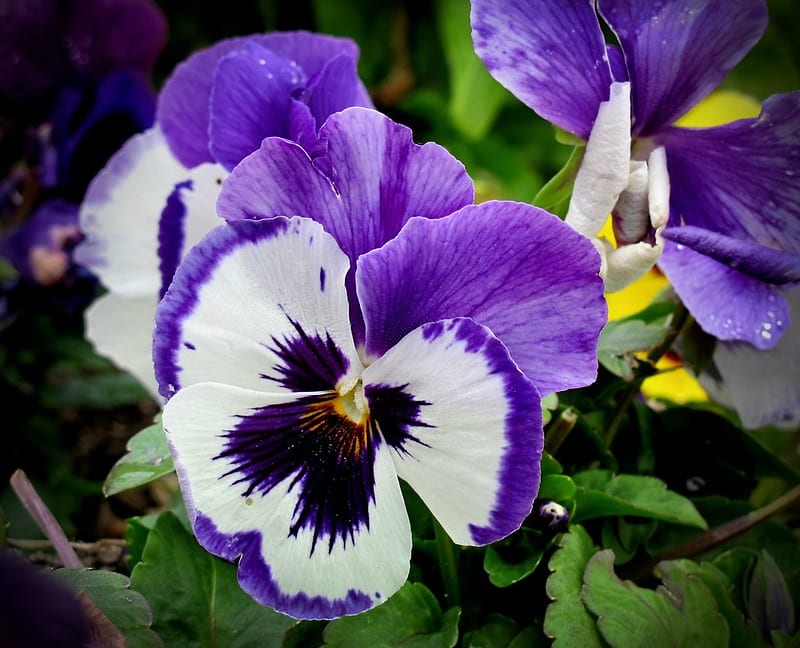
Food for Thought
Experts recommend pansies for novice gardeners, especially when purchased as bedding plants. With proper nurturing, the plants will provide bright blooms for your garden over a long flowering season.
Here’s a little food for thought. Pansies symbolize “thinking” or “thoughts.” In fact, the word “pansy” comes from French pensée, meaning “thought,” says the Old Farmer’s Almanac.
And, like their cousins the violas and violets, the flowers are edible.




